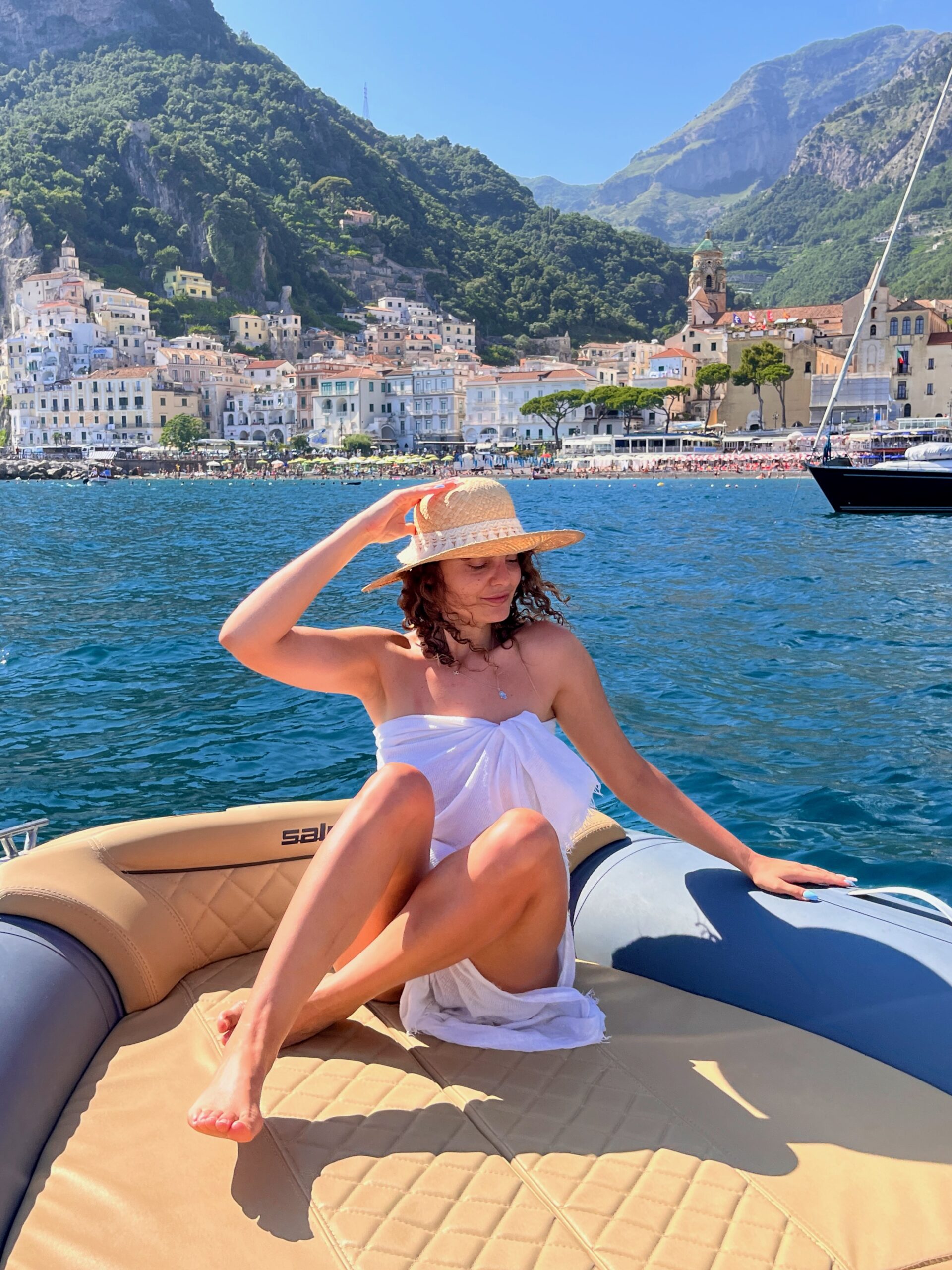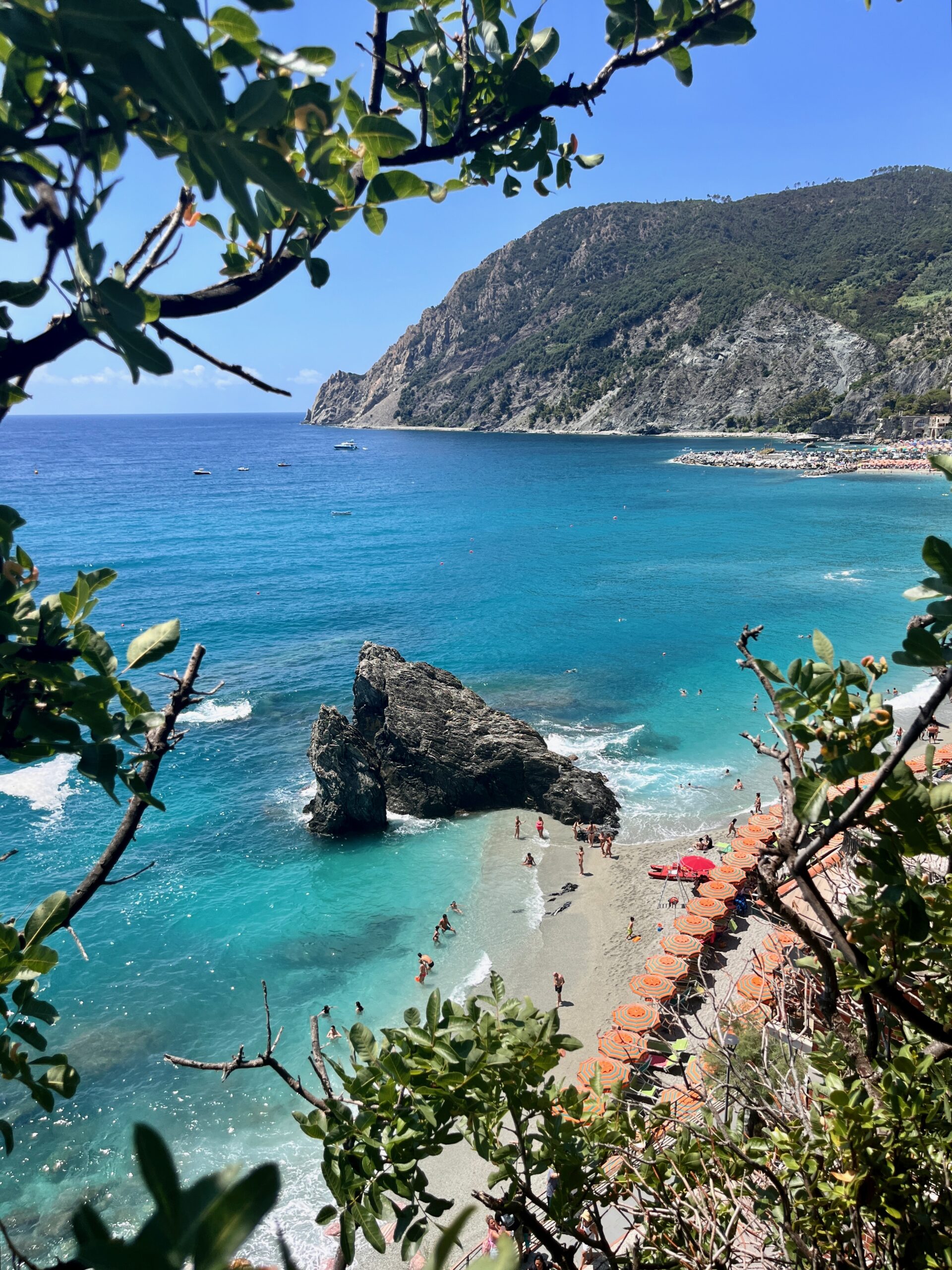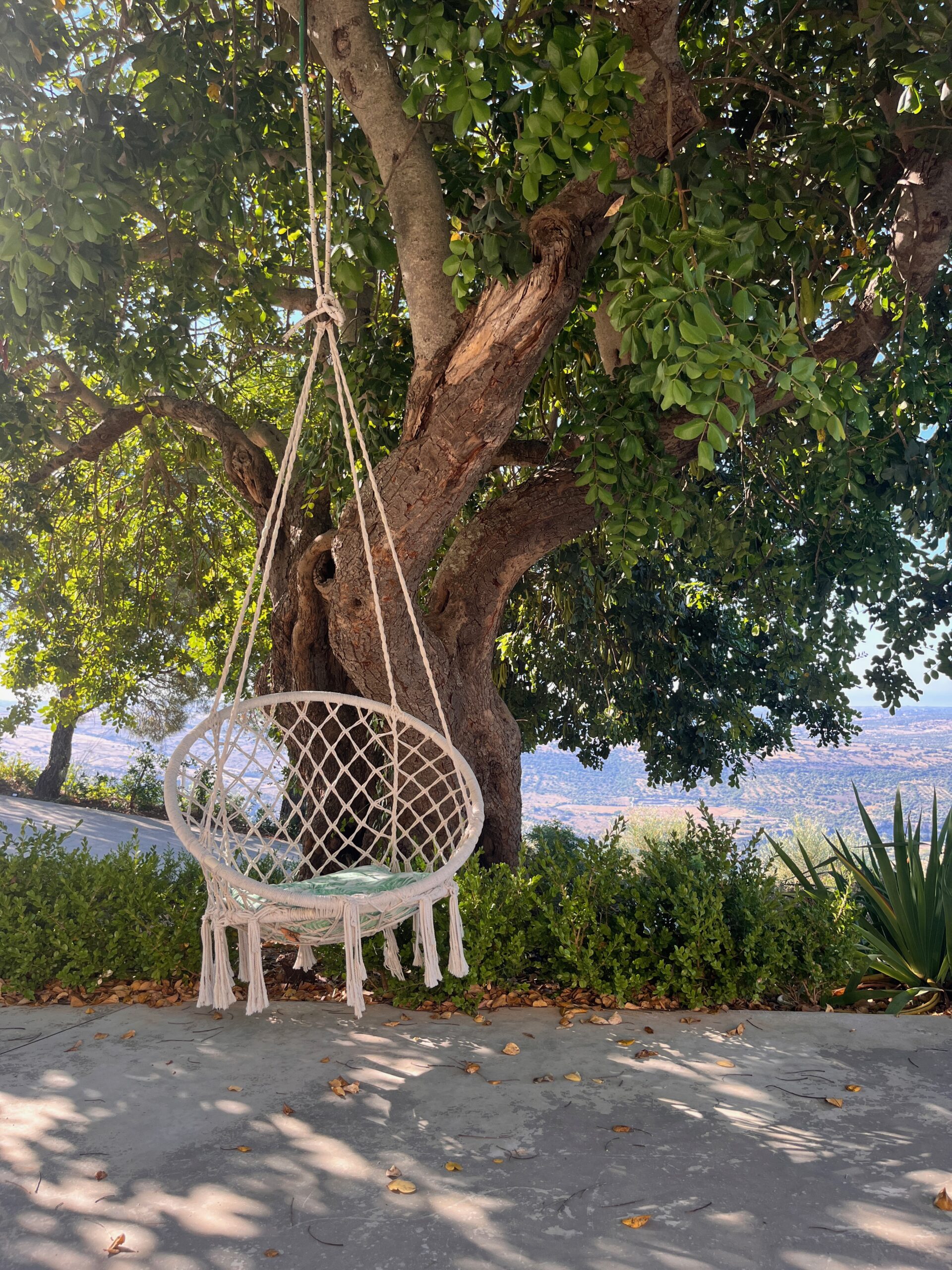Italy Travel Guide
Our unforgettable experiences in Italy
I had the pleasure of recently visiting Italy from its North to its South, first through a work trip, which then inspired a fantastic road trip. We learned so much about local culture, history, traditions, and were mesmerised on many occasions by the beauty of Italian landscapes. Filled with mountains, lakes, and villages perched on cliffs, always accompanied by decadent food and delicious beverages, it is guaranteed to create extraordinary memories and feelings.
From the magnificent Colosseum to the picturesque Amalfi Coast, this Italy Travel Guide offers something for every traveler – whether you’re an art enthusiast, a history buff, a foodie, or simply seeking to immerse yourself in the warm hospitality and vibrant atmosphere that Italy is famous for. Get ready to savour mouthwatering cuisine, wander through movie-like alleys, and create unforgettable memories in this timeless and captivating destination.
This Guide is here to help you navigate through this fascinating country and ensure that your journey is an unforgettable one!
Table of Contents
Where is Italy?
Italy is situated in Southern Europe and is known for its remarkably rich history (soooo many things date back to the Roman Empire!), diverse culture (including 34 dialects), and breathtaking landscapes. Nestled in the heart of azure waters of the Mediterranean Sea, Italy boasts an array of world-renowned cities like Rome or Florence, each offering a unique blend of ancient ruins, Renaissance art, and romantic cobblestone streets. It borders France, Switzerland, Austria, and Slovenia in the North. It has two islands: Sicilia and Sardinia, which are respectively neighbours of the islands of Corsica and Malta. In general, the North of the country (e.g. Milan) is more calm and organised, infrastructure is more developed, and prices are a bit more expensive. In the South (e.g. Sicily), it’s more vibrant and slightly chaotic, with less developed infrastructure but also cheaper prices.
About Italy
Italy has a fascinating history that dates back to ancient civilisations. Throughout the centuries, it has been home to powerful empires, including the Etruscans, Greeks, and Romans, which greatly influenced Western culture. Italy emerged as a unified nation in the 19th century. Today, Italy is known for its significant contributions to art, science, and literature, with iconic landmarks such as the Colosseum (Rome) and the Ponte Vecchio (Florence) attracting millions of visitors each year. Its geography is equally captivating, with picturesque coastlines along the Mediterranean Sea, the majestic Alps in the north, and rolling hills dotted with vineyards and olive groves. This beautiful country’s history and geography have shaped its distinct identity, making it a truly remarkable destination for travelers from around the world.
About this Guide
Throughout my holidays in Italy, I have visited more than 20 regions and cities, including: Bologna, Lucca, Florence, Portofino, Vernazza, Monterosso al Mare, Rome, Sorrento, Positano, Praiano, Amalfi, Vietri sul Mare, Scalea, San Nicola Arcella, Ragusa, Catania, Agrigento, Erice, Palermo, and Taormina. I have experienced big cities, popular towns, and isolated villages throughout the country.
Many destinations in Italy have become popular tourist attractions, which not only inflates prices but also makes its a simply less enjoyable experience. Being able to immerse yourself in the environment, the sounds of nature, and the authenticity of a place always do create unique memories and learning opportunities. This guide focuses on authentic and accessible experience for anyone curious to live the original dolce vita.
Italy is part of Southern Europe and the Mediterranean Sea Basin
When to go to Italy?
Deciding when to go to Italy is crucial to ensure you experience the country’s captivating beauty at its best. The ideal time to visit largely depends on your preferences and the regions you plan to explore.
Spring (April – June)
Spring, from April to June, is an enchanting season when the landscape bursts with colourful blooms, and the weather remains pleasantly mild (15 to 25 degrees Celsius).
Summer (July – September)
For those seeking warm and sunny days perfect for beach vacations and coastal explorations, the summer months of July and August beckon, though popular tourist destinations can get crowded during this time (especially August). The Southern part of Italy also gets exceptionally hot during those months (35 to 35 degrees Celsius), often creating high risk of wildfires, which you may want to keep in mind if you are sensitive to heat.
Autumn (October – November)
Alternatively, autumn, from September to November, paints Italy in a stunning palette of autumnal colours, offering a more tranquil vacation and excellent weather for sightseeing and indulging in local festivals.
Winter (December – March)
Winter enthusiasts can relish the festive charm and cultural experiences during December to February, particularly in northern regions where snow-covered mountains and Christmas markets enchant visitors.
Palermo in Sicily
Where to stay in Italy?
When planning your stay in Italy, consider the charm and warmth of family-owned “bed and breakfast” accommodations, boutique hotels, and small businesses that offer authentic and personalised experiences, very often right outside of the city centre or near renowned cities. We exclusively stayed at those types of accommodation during our stay in Italy, which not only helped us keep a reasonable budget but also enriched our experience by a million!
Family-run hotels and B&B provide a welcoming atmosphere, with hosts who often share recommendations and cook homemade breakfast, making you feel like part of the family. Supporting small businesses, like locally-owned guesthouses, not only fosters a stronger connection with locals and allows you to experience the genuine traditions of Italy, but also helps small villages and communities to benefit from tourism.
You can find the list of hotels which we recommend based on our experience in this article. We used booking.com for most of our reservations to obtain the cheapest prices.
How to get around Italy?
Getting around Italy is quite easy, with various transportation options to suit your preferences and budget. For convenient and cost-effective travel between cities, the public transport system is an excellent choice. Trains operated by Trenitalia and Italo offer efficient connections between major destinations (especially across Cinque Terre), with prices ranging from €20 to €80 depending on the distance and class. Buses, like FlixBus and Marino, are another economical option, with fares typically starting at €5 for short trips.
If you prefer the freedom to explore at your own pace, car rentals from companies like Hertz, Avis, or Europcar are readily available, with prices ranging from €40 to €100 per day, depending on the car type and rental duration. I highly recommend using a comparative tool such as SkyScanner, which will provide you with the best rates for the car and trip of your choice.
Keep in mind that driving in Italian cities and villages can be challenging due to narrow streets, traffic, and limited parking. For this reason, we recommend smaller cars such as the Fiat Panda, which is the one we used for our road trip and was perfect to sneak into small streets and tight parking spots.
Parking fees vary but are generally reasonable (the most we’ve paid was 8€ per hour in Portofino) and will offer daily rates (we paid about 50€ for 24 hours in Rome). You can also often find public parking (within marked blue areas, as opposed to yellow which are for residents only) also with the help of app EasyPark. Make sure to use an app like Waze to detect speed controls.
Finally, for short distances or quick access to areas without public transport, taxis are a viable option, but will often explode in price within touristic towns such as Positano.
How to get to Tulum?
Italy Travel Tips
Scams
We were subject to various scams, especially in the South of Italy and in particular Sicily. We recommend that you always ask for the price before ordering anything at a restaurant (especially fish or meat, often sold by the kilo) and that you check your bill at the end. It happened several times that restaurants and shop owners would add something we had never ordered.
What should I bring with me?
Safety
We felt very safe throughout our trip in Italy. Just like everywhere, you should pay attention to your belongings, especially in busy and touristy streets, and avoid walking late at night in isolated areas.
How safe is Tulum?
Food
In Italy, the typical meal includes a series of small dishes (antipasto, primo, secondo, contorno, dolce, …). Most days, we shared dishes or only ordered one-two dishes. Although portions are small, the food is fresh and nutrient which is filling. On special occasions we ate a full course of dishes and it was a marvellous experience, but I would not recommend it for everyday. Breakfast (colazione) is usually sweet. If you want to eat a savoury breakfast (e.g. eggs, ham, cheese), you may want to ask your host in advance.
Clothing
As a woman, I felt more comfortable wearing long dresses than short ones in cities. I felt like a lot of people were staring at me if I was revealing a lot of skin. Italy is still a quite conservative population, and sometimes sexist, depending on the area. At the beach, in my experience, anything goes. If you plan on visiting churches, make sure to have your knees and shoulders covered. If you are visiting during the summer, pack light clothes because it will be HOT!
What to do in Italy?
Have a look at the posts below for plenty of ideas and inspiration for your next trip to Italy. Our recommendations focus on authentic and affordable experiences, and are 100% based on our genuine opinion. We may make a small commission out of affiliate links (without changing the price for you).

5 Unique Things to do in the Amalfi Coast
Discover three unique things to do on the Amalfi Coast: we’ve selected authentic experiences off the beaten path for unforgettable memories.

Two-Week Road Trip in Italy: Classics and Hidden Gems
Prepare for an unforgettable experience with this road trip through Italy, from Cinque Terre and the Amalfi Coast to Sicily in two weeks!

Our Hotel & Restaurant Awards in Italy: Best Authentic Experiences
These are our Hotel Awards from our two-week road trip through Italy! From Genova to Palermo, we tested and selected the most authentic experiences.

Hi! I’m Sophie
I was born in Belgium, educated in Europe, and now exploring the world with the objective to understand how we can make it a better place.
I currently work as a doctoral researcher (PhD candidate) in The Hague. I hold a Masters degree (MPhil) from the University of Oxford and have 7+ years of experience as a consultant in public diplomacy, strategic communication, and global peace and security.
I believe travel can be an experience for personal growth and transformative connections.
